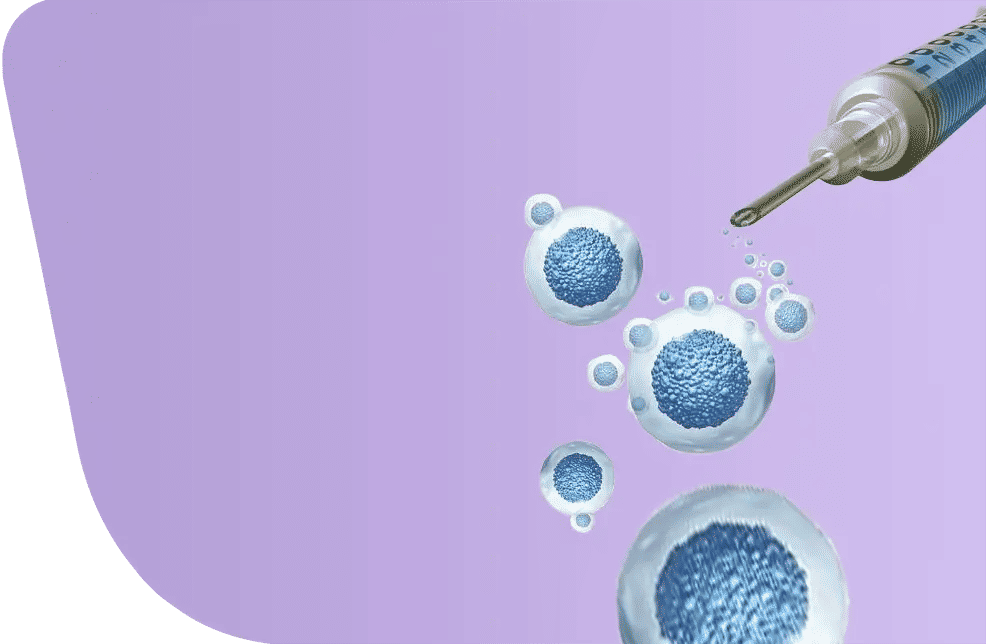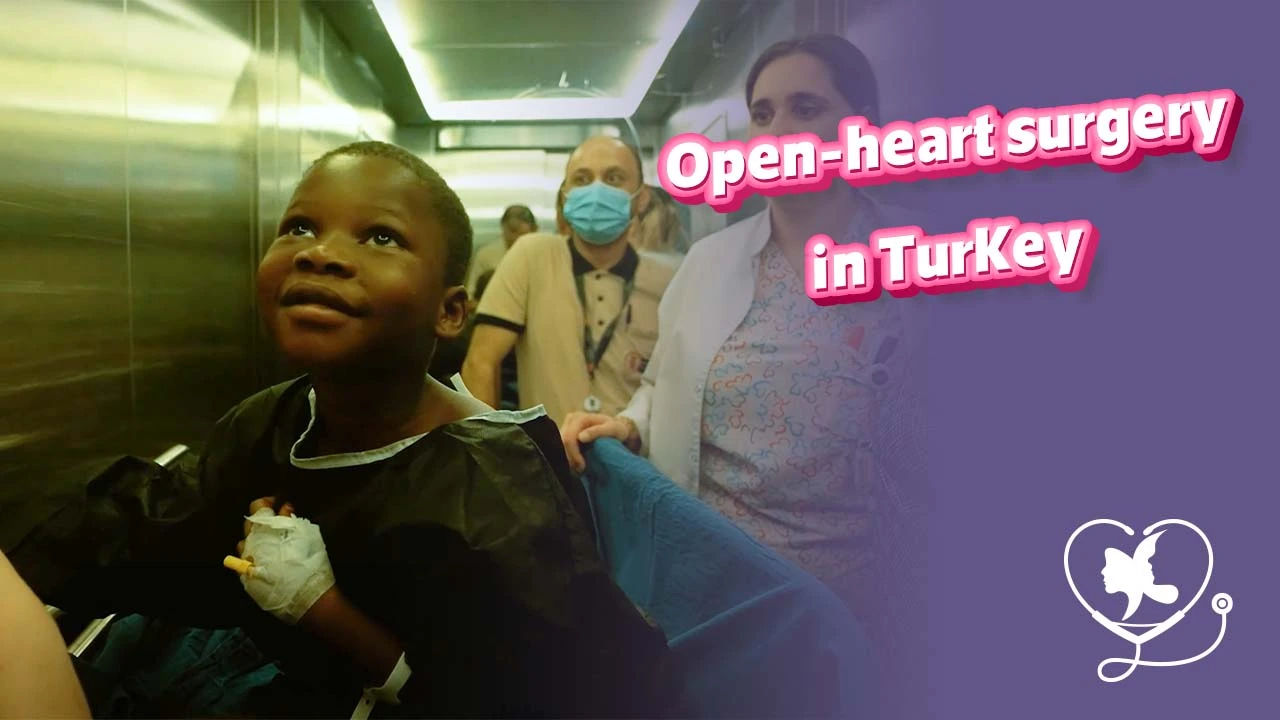- - What is Minimally Invasive Knee Replacement Surgery?
- - Who is a Candidate for Minimally Invasive Knee Replacement
- - How To Prepare for Minimallt Invasive knee Replacement?
- - Minimally Invasive Knee Replacement Procedure Steps
- - Minimally Invasive Knee Replacement Video
- - Minimally Invasive Knee Replacement Recovery Time
- - Minimally Invasive Knee Replacement Complications
- - Why Choose Turkey for Minimally Invasive Knee Replacement Surgery?
- - Best Minimally Invasive Knee Replacement Surgeons in Turkey
- - Minimally Invasive Knee Replacement Cost in Turkey?
- - Minimally Invasive Knee Replacement vs Traditional
- - Conclusion
- - Turkey Luxury Clinics is your ideal destination!
- - FAQs About Minimally Invasive Knee Replacement
A knee replacement, whether total or partial, is a surgical procedure used to treat persistent knee pain caused by chronic inflammatory or degenerative conditions, or by an acute injury that leads to irreversible knee damage. The surgery replaces the damaged joint surfaces with an implant to alleviate pain, improve mobility, and enhance quality of life.
In minimally invasive total knee replacement, the surgeon makes a smaller incision and uses a less-invasive technique that preserves more tissue compared to traditional surgery. This approach is designed to minimize post-operative discomfort and accelerate recovery.
In Turkey, the combination of highly skilled surgeons, state-of-the-art clinics, and affordable prices helps you restore pain-free movement through minimally invasive techniques, offering fast recovery and optimal outcomes.
At Turkey Luxury Clinics, you will be in the hands of the best doctors for minimally invasive knee replacement. Schedule your consultation today to start your journey toward a pain-free, active life with expert care and advanced techniques.
What is Minimally Invasive Knee Replacement Surgery?
A minimally invasive knee replacement is a surgical procedure that uses a small incision to replace a damaged knee with a new, artificial prosthetic knee. The smaller incision leads to less tissue damage, less pain, less blood loss, and a shorter recovery time.
Minimally invasive total knee replacement
In total knee replacement minimally invasive surgery, the surgeon replaces all parts of the knee joint with a prosthetic knee through a small incision that exposes the necessary areas. Sometimes, the surgeon is guided by specialized instruments or imaging techniques to ensure precise placement.
Minimally invasive partial knee replacement
In the partial knee replacement minimally invasive approach, only a small incision is required to remove the damaged part of the joint while keeping the healthy parts intact. The minimally invasive method is appropriate for eligible patients, and the minimally invasive partial knee replacement scar is very small and can be nearly invisible.
Who is a Candidate for Minimally Invasive Knee Replacement
Minimally invasive knee replacement is preferred for patients with moderate knee joint damage, good overall health, younger age, and a low body mass index (BMI).
Candidates should also have realistic expectations about the recovery process, including the time needed for healing, the importance of committing to physical therapy, and the likelihood of needing time off work.
Minimally invasive knee replacement may be less suitable for patients who:
- Have a high body mass index (BMI)
- Have severe knee joint damage requiring a full replacement
- Have undergone previous major knee surgeries
- Have significant knee deformity
- Have very large or bulky muscles that can limit surgical access
- Have medical conditions that may delay or impair wound healing
Discover who is best candidates for knee replacement and who is contraindicated to undergo knee replacement.
How To Prepare for Minimallt Invasive knee Replacement?
Make sure that you provide your orthopedic surgeon with detailed information about the following:
- All prescription medicines
- Over-the-counter medications: aspirin or ibuprofen
- Street drugs
- Herbs, vitamins, and other supplements.
At the same time, you should ask your surgeon the following:
- Are there medicines to be stopped, like blood thinners, before surgery?
- How long before surgery should I stop smoking?
- What is the optimal weight for surgery?
Minimally Invasive Knee Replacement Procedure Steps
During any knee replacement surgery, damaged cartilage and bone from the surface of the knee are removed. This procedure also involves the removal of a certain amount of soft tissue. The objective of a knee replacement procedure is to provide the patient with a pain-free knee that allows for the resumption of daily activities.
What to expect during minimally invasive knee joint replacement?
- The knee replacement either totally, or partially replaced through a shorter incision typically 4 to 6 inches, compared to the traditional 8 to 10 inches used in total knee replacement surgeries.
- This incision is made by less invasive techniques designed to avoid trauma to the tendon and muscles in the front of the thigh,
- A process known as "quadriceps sparing." Other minimally invasive techniques, referred to as "midvastus" and "subvastus," involve making small incisions in the muscle. These techniques are also less invasive than a traditional total knee replacement (American Academy of Orthopaedic Surgeons).
- The typical hospital stay for this procedure is comparable to that of a traditional total knee replacement.
Minimally Invasive Knee Replacement Video
To gain a detailed visual understanding of the minimally invasive knee replacement procedure, watch the step-by-step video by Turkey Luxury Clinics experts on our YouTube channel.
Minimally Invasive Knee Replacement Recovery Time
Compared to traditional knee replacement, recovery after minimally invasive knee replacement is faster. It typically involves a shorter hospital stay, less pain, and quicker improvements, such as walking without assistance and returning to work and normal activities within a few weeks. Full recovery usually takes up to 2 months.
Pain after minimally invasive knee replacement:
Only mild to moderate pain occurs during the first few days after the surgery that can be managed by medications. This pain subsides gradually after 1 to 2 weeks.
Mobility after minimally invasive knee replacement:
During the first few days up to 2 weeks, patients may walk using a walker or assistive device to avoid putting pressure on the new prosthetic knee. Gradually, with the help of physiotherapy, patients can walk normally without assistance within 6 to 12 weeks.
Returning to normal activity:
Returning to normal life varies between patients depending on overall health, adherence to rehabilitation, and surgical specifics. Most patients typically resume normal activities, including driving and light exercise, within a few weeks to a couple of months.
Physical therapy and rehabilitation after minimally invasive knee replacement:
Physical therapy begins a few days after knee replacement surgery and continues until full recovery is achieved.
It starts with mild exercises aimed at preserving joint and tendon flexibility and gradually increases in intensity over time to restore muscle strength and range of motion.
Minimally invasive knee replacement scar
The scar resulting from minimally invasive knee replacement is smaller than that of traditional surgeries. This is due to the smaller incision size, which ranges around 3 to 4 inches compared to 10 to 12 inches in traditional knee replacement.
Minimally invasive knee replacement timeline remarks by:
Minimally Invasive Knee Replacement Complications
As with any surgery, there is a risk of complications associated with minimally invasive surgery. Possible complications include:
- Infection
- Blood clots
- Nerve and artery injuries
- Wound healing problems
- Failure of prosthetic knee implant placement
Why Choose Turkey for Minimally Invasive Knee Replacement Surgery?
- Turkey is home to highly skilled, internationally certified orthopedic surgeons with extensive experience in performing precise surgeries that minimize tissue damage and ensure accurate placement of prosthetic knees.
- Turkey offers excellent financing options, budget-friendly plans, and comprehensive packages that make medical tourism easier, more affordable, and comfortable for international patients.
- The quality of care in Turkey is exceptional, with well-trained medical teams who pay close attention to every patient’s needs and strictly follow international quality assurance standards such as those set by the Joint Commission International (JCI).
- Turkish medical facilities are built and maintained according to international guidelines for infrastructure and patient safety, with many hospitals accredited by JCI, ensuring world-class standards in healthcare delivery.
Best Minimally Invasive Knee Replacement Surgeons in Turkey
When selecting minimally invasive knee replacement doctors, it’s important to consider their expertise in minimally invasive techniques, the number of knee replacements they perform, and how well they understand your unique medical needs and condition.
To choose the best doctors for minimally invasive knee replacement:
- Look for surgeons with a high volume of minimally invasive knee replacements and a proven track record of successful outcomes.
- Some surgeons specialize in specific minimally invasive techniques, such as quadriceps-sparing or midvastus approaches.
- Consider the resources of the hospital or surgical center, including access to physical therapy, pain management specialists, and other medical and surgical specialties—especially if you have complex medical needs.
- Choose a surgeon with whom you feel comfortable communicating and who addresses your concerns and questions thoroughly.
- Research online reviews and seek referrals from your primary care physician or other trusted healthcare professionals.
Minimally Invasive Knee Replacement Cost in Turkey?
The cost of minimally invasive knee replacement ranges from around $14,000 to $50,000 per joint. In countries like the US, prices tend to be on the higher end, starting at approximately $30,000.
On the other hand, Turkey is a popular destination for this surgery, offering more affordable prices starting at around $6,000 for a single joint and around $8,500 for both knee joints replacement
The cost of minimally invasive knee replacement is comparable to that of traditional surgery, but prices vary widely depending on the country, type of knee replacement, number of joints replaced, type of prosthetic used, and the surgeon’s experience.
Cost comparison table
Minimally Invasive Knee Replacement vs Traditional
While both traditional and minimally invasive knee replacement surgery share goals, overall procedure, and implants, the minimally invasive knee replacement involves a small incision with minimal risk of surrounding tissue damage, less pain, and faster recovery.
Below are major differences between traditional knee replacement vs. minimally invasive knee replacement
Conclusion
Unlike a traditional total knee replacement, the minimally invasive technique is not suitable for all patients.
Minimally invasive knee replacement has been shown to reduce soft-tissue damage, resulting in faster recovery, reduced pain and faster return to normal activity.
Current evidence suggests that the long-term benefits of minimally invasive knee replacement are no greater than those of traditional total knee arthroplasty (orthoinfo).
Turkey Luxury Clinics is your ideal destination!
For the best outcomes, minimally invasive knee replacement should be performed by a well-trained, highly experienced orthopedic surgeon.
Finding the right minimally invasive knee replacement surgeons near me can make all the difference in your treatment outcome.
Contact us today to schedule a consultation with leading minimally invasive knee replacement surgeons and get a personalized treatment plan. Whether you need minimally invasive knee replacement doctors near me or are considering traveling abroad, we are here to help.












.webp)
.webp)
.webp)
.webp)

